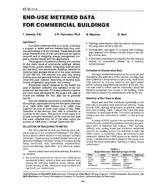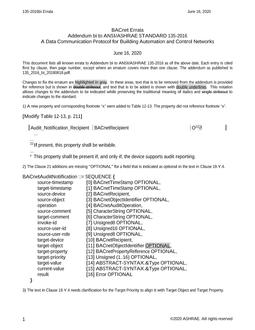There is a trend toward high-rise residential buildingswith large—often floor-to-ceiling—glazed areas. In mostclimates, these buildings are reliant on mechanical systems tomaintain comfort as a result of the poor insulating propertiesand high solar transmittance of the glazing. In the summer theyare prone to overheating from high solar gains; in the winterthey are prone to thermal discomfort because of low surfacetemperatures and high heat loss through poorly insulated glazingand other façade components. Thus, such buildings arevulnerable to power failures, mechanical system failures, andextended demand response strategies. Furthermore, thesebuildings can be uncomfortable and have high energyconsumption during normal operation. This paper describes amethodology to evaluate building resilience using simulationmethods. Building resilience was quantified using two metrics:thermal autonomy and passive survivability. A Toronto,Canada-based case study was performed to assess the effect ofvarious passive design strategies to improve resilience. Theresults showed that thermal autonomy was very poor withoutoccupant interaction. Furthermore, the results suggest thatadaptive opportunities are at least as important as buildingenvelope design with regards to maintaining comfort in theevent of power or system failure.
Citation: 2016 Winter Conference, Orlando, FL, Transactions 2016, Vol 122 pt. 1
Product Details
- Published:
- 2016
- Number of Pages:
- 14
- Units of Measure:
- Dual
- File Size:
- 1 file , 6.8 MB
- Product Code(s):
- D-OR-16-036


